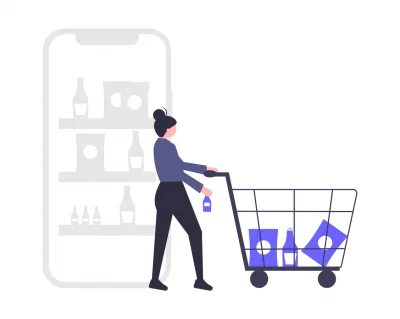
Commerce Questions and Answers
Test and improve your knowledge of the fundamentals of buying and selling with these Commerce past questions and answers.

Test and improve your knowledge of the fundamentals of buying and selling with these Commerce past questions and answers.
An agent who transacts business with the broker in the stock exchange is a
stag
bull
del credere
jobber
Correct answer is D
Jobbers and brokers both play a role in stock sales and purchases, but they're involved in different stages of the process.
A form of money with face value which is greater than the value of the metal content is
legal tender
bank notes
token money
commodity money
Correct answer is C
Token Money; is money where the face value of notes or coins is unrelated to the value of the material of which they are composed.
the difference between gross profit and trade expenses
the different between gross profit and net sales
sales less cost of sales including sales returns
opening stock add purchases less closing stock
Correct answer is A
Net profit is the actual profit after working expenses not included in the calculation of gross profit have been paid. It is the difference between gross profit and expenses. e.i gross profit - expenses
Part payments made on allotted shares by subscribers is usually the
subscribed capital
authorized capital
issued capital
called-up capital
Correct answer is D
Called up share capital is shares issued to investors, under the understanding that the shares will be paid for at a later date or in installments.
overdraft
advance
interest
commission
Correct answer is A
Overdraft; a deficit in a bank account caused by drawing more money than the account holds. The overdraft allows the account holder to continue withdrawing money even when the account has no funds in it or has insufficient funds to cover the amount of the withdrawal.